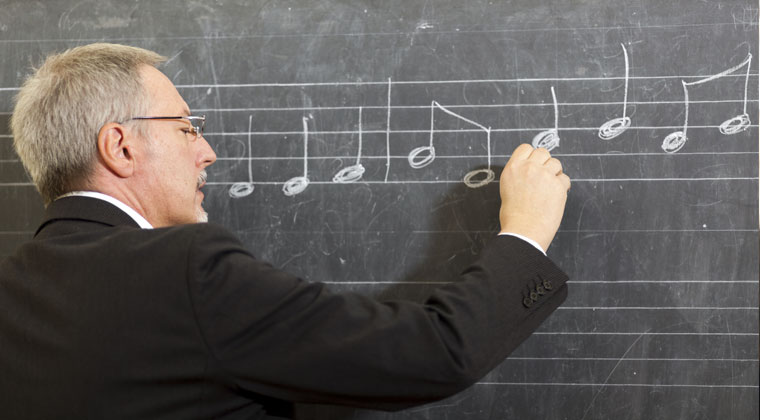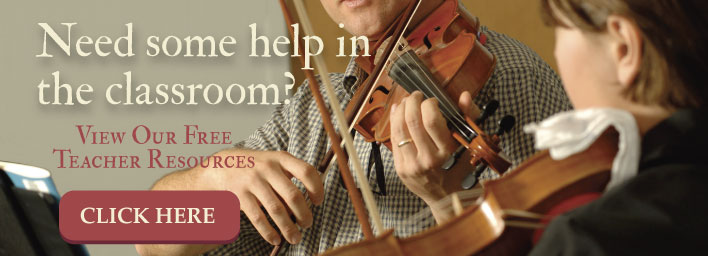To Assess Music Teachers Or Not? Pros And Cons Of The Debate

In the quest for better music educators, many more districts and university systems are turning to assessments to measure the talent and knowledge of teachers. But is there any one assessment that’s better at evaluating or predicting the success of a music teacher? How do music teachers ensure they are living up to the expectations and standards of institutions? If a music instructor fails to meet with the requirements of his or her job, how does this impact the learning experience of students? These will be some of the more important issues facing music instructors today, along with the pros and cons of teacher assessments as they apply to music and the arts.
Educational assessments have been in use for as long as the first student interacted with a teacher. This serves to measure the skills and learning retention of students. In this way, teachers use the assessment process to not only understand each student’s progress, but if they are being effective as a teacher in translating instruction to knowledge. Yet, it can be difficult for teachers themselves to understand how their teaching style impacts students.
The Pros of Assessments for Music Educators
In 1992, University of Michigan professor James O. Froseth, and his graduate research assistants Molly Weaver and Joan E. Linklater, studied public school music programs and stumbled upon a method of teacher assessment that’s still in use today. In a partnership with Flint Community Schools and Yamaha Corporation, under a grant from the National Music Education Research Project, the team of researchers were intending to measure the racial equity of school music programs, and instead they found that by videotaping teaching sessions, music teachers had an opportunity to self-assess their teaching styles and make improvements for all students to benefit from.
According to this research, nearly all the music teachers became more aware of students’ preferences for verbal or non-verbal instruction – finding that words do not teach music alone. One could say then that assessments of music educators are a positive thing when managed in this way as a constructive aspect of the profession. But self-assessment is only part of this process. We will discuss further methodology later in this article.
Cons of Music Teacher Assessments
In order to address the topic of assessments for musical teachers, it’s only fair to also look at the potential negatives. One could argue that music and art teachers are working with very different mediums than mainstream subject teachers. It’s difficult to be subjective over the success or failure of music instructors to measure how well students are retaining information because so much of this happens naturally through the course of learning. Musical expression is an individual experience that no two students will see the same way. Learning music theory is also different than learning to perform music, either through instruments or voice technique. Trying to force a music teacher to perfect his or her instructional ability can only focus on certain areas of the performance in front of a classroom. No test can provide any degree of accuracy like other subject areas can. However, The National Association for Music Education points out that the accountability factor is what matters. They too share the opinion that assessments must be carried out to enrich and improve the overall educational experience.
Creating Music Teacher Assessments that work
With these pros and cons in mind, there are some assessment steps that can be followed that will provide value to the occupation of music instruction. The Music Teachers National Association has laid out a 3-component assessment process that supports better instruction. The steps are as follows:
- Music instructors engage in a self-assessment process – Including four basic areas: Teacher Assessment, Studio Environment Assessment, Lesson Assessment and Curriculum Assessment. Using a self-rating system, music teachers are asked to answer various questions about their teaching ability.
- Peer assessment phase – Teachers are then rated by other music or humanities teachers to evaluate their instruction of several students across different demographics and abilities. This feedback is insightful and meant to help teachers to improve their methods and correct any bad habits.
- Parent or client assessment – The parents of music students are asked to rate the effectiveness of the music teacher based on the experience of their child(ren). Oftentimes, this can happen after a live musical performance when the material is fresh in the minds of parents and clients.
By using this well-rounded approach of assessing music educators, a more realistic view of how to improve teaching style comes into focus. Music teachers can use these tools to make the learning experience much more positive for students, using feedback and peer support.


